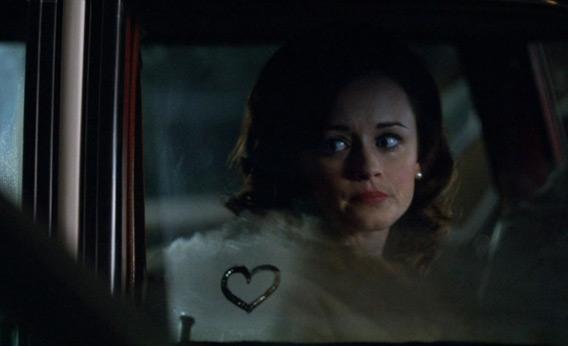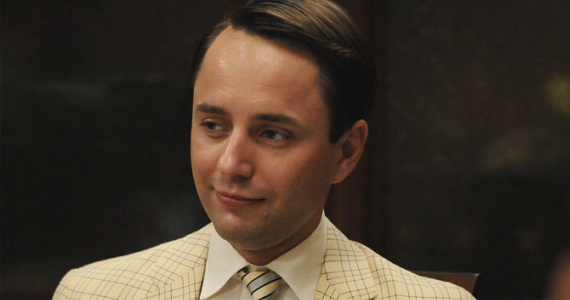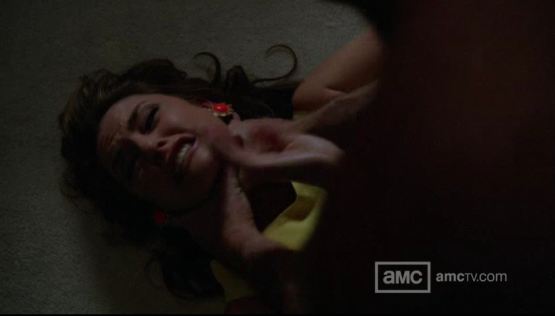
This interview in Slate may not exactly win Alexis Bledel any points as a literary critic, but it does offer insight into the self-destructive femininity her Mad Men character represents, a character diametrically opposed to the supremely positive Rory Gilmore. Gilmore Girls was characterized by a female-centered universe where women controlled their destinies with relative ease. Rory—intelligent, assertive, kind—embodied the ideal daughter most parents could only dream of raising. I can’t help but wonder if her casting as Beth Dawes—a woman whose only form of protest is self harm—was meant not only to highlight the limitations of an earlier era but also to suggest that the ghost of Beth may still haunt today’s liberated young women.
Rory represents a form of progressive womanhood that would have been unthinkable for Beth, but Beth’s brand of self-defeating femininity has not exactly disappeared despite the myriad cultural advances made by women. While we may have an easier time getting a job or a divorce today, we often still express inner turmoil through cutting, anorexia, or other less obvious forms of self harm. These associations are fitting in an episode titled “Lady Lazarus.” Sylvia Plath could only conceive of creative action through self annihilation, which is best embodied in this ode to the art of suicide. Why cast an actress as the Lady Lazarus proxy when she is so commonly associated with the ideal of self-actualized young womanhood? Perhaps Bledel was just a bit of hipster stunt casting, but I’d like to believe Weiner used this pop cultural disconnect to imply that, unfortunately, self-destructive young women incapable of escaping rigid models of femininity are still alive and well in the age of Rory Gilmore.





